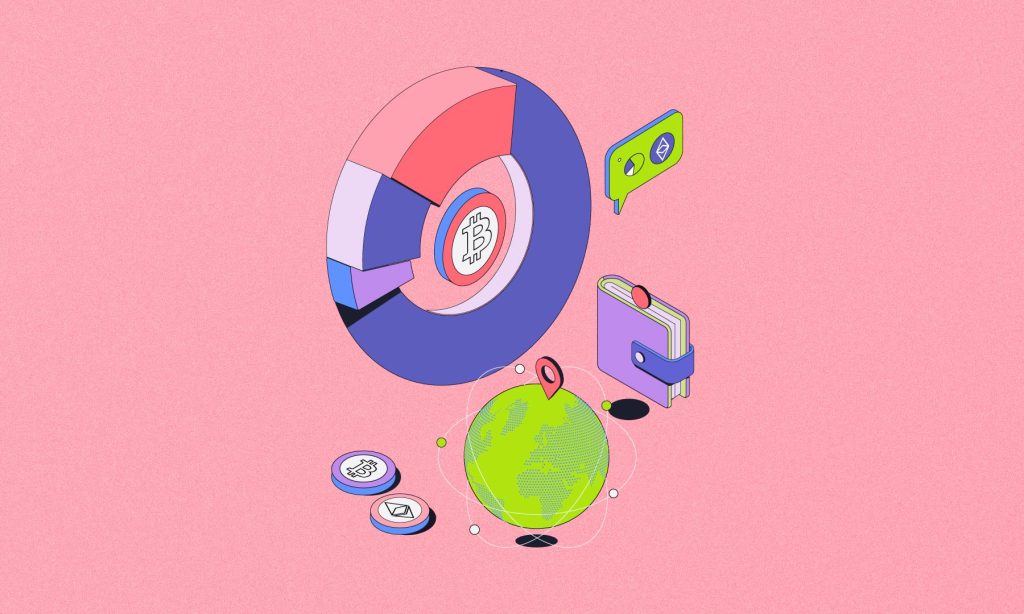A crypto project’s developer team should ideally create a system where tokens are distributed evenly across time. Doing that would help minimize the impact of inflation on prices. But since we can’t always trust people to do the right thing, we have tokenomics. It helps you determine if a project is safe and has growth potential.
What is tokenomics?
The term “tokenomics” is an amalgamation of the words “token” and “economics.” It refers to all the factors that influence a crypto token’s economics. This includes a token’s purpose, utility, supply, and burn mechanism. Investors should consider the tokenomics of a coin before investing in it.
Tokenomics is a key component of crypto. It helps thwart bad actors, foster confidence, and establish a robust ecosystem. A coin with strong tokenomics has wide adoption and better value. It also addresses the problem of inflation, fostering sustainable development.
Typically, most of the factors that make up the economics of a token can be found on CoinMarketCap and CoinGecko. But it is still wise to check a project’s white paper and other channels to ensure accuracy.
Features of tokenomics
Whether investors are encouraged or dissuaded depends, to a large extent, on the way a crypto’s economy is set up. Each crypto has something like a “monetary policy” that applies to it—just like each fiat currency. This policy is tokenomics.
The following are the main features that tokenomics focuses on.
Mining and staking
Most cryptos use one of two mechanisms to bring new coins into circulation—Proof of Work (PoW) and Proof of Stake (PoS). The former involves mining, while the latter involves mining. It is important to understand which of these a crypto is using because the number of coins that come into circulation depends on it.
Yield
Decentralized financial platforms offer high yields to entice users to purchase and deposit tokens. These yields are essentially new tokens that users receive. So it’s another way in which coins come into circulation. That’s why it’s an essential part of tokenomics.
Token burning
To permanently remove tokens from circulation and decrease the number of coins in circulation, some blockchains or protocols “burn” tokens. This is essentially a practice where you put them away at an address that cannot be accessed. Reducing a token’s supply helps sustain its price by maintaining scarcity. That’s why tokenomics considers this mechanism.
Limited vs. unlimited supplies
Not only is a token’s current supply determined by its protocol and its future supply. For instance, Bitcoin’s protocol ensures that there can only ever be a maximum of 21 million BTC. The final BTC will enter circulation around the year 2140. However, not all coins have a limited supply. An unlimited supply can make a coin deflationary. That’s why knowing what kind of supply and tokenomics your coin has is important.
Token allocations and vesting periods
Some crypto initiatives track token distribution in great detail. Some even set aside a certain number of tokens for investors or developers, but there’s a catch: they can only trade those tokens after a certain period. That period is the vesting period. And naturally, it impacts the number of coins in circulation.
Conclusion
As you can see, tokenomics is a significant part of the crypto world. It encompasses just about everything you need to know about a token. Investors would be wise to select a token with strong tokenomics. This will help ensure that their investments are safe and keep growing with time.
FAQs
Why is tokenomics important in crypto?
Tokenomics is essential to crypto because it helps protect users from bad actors and establish trust while creating a strong ecosystem.
What are tokenomics in NFT?
The term “tokenomics” describes the study of a token’s economics while making investment decisions. It also applies to NFTs but is a more complicated endeavor when it comes to them because each NFT is valued very differently from others.
What are the best tokenomics?
Tokenomics is a rather subjective science—if one may call it that. So it’s hard to say that some form of it is the very best, but a good practice would, at the very least, consider mining/staking, yield, demand, supply, token inflation rate, and burn mechanism.
What is a good example of tokenomics?
Ethereum’s well-balanced tokenomics model has contributed to its widespread adoption and the development of a vibrant blockchain ecosystem. It serves as a reference point for other blockchain projects designing their tokenomics systems.








